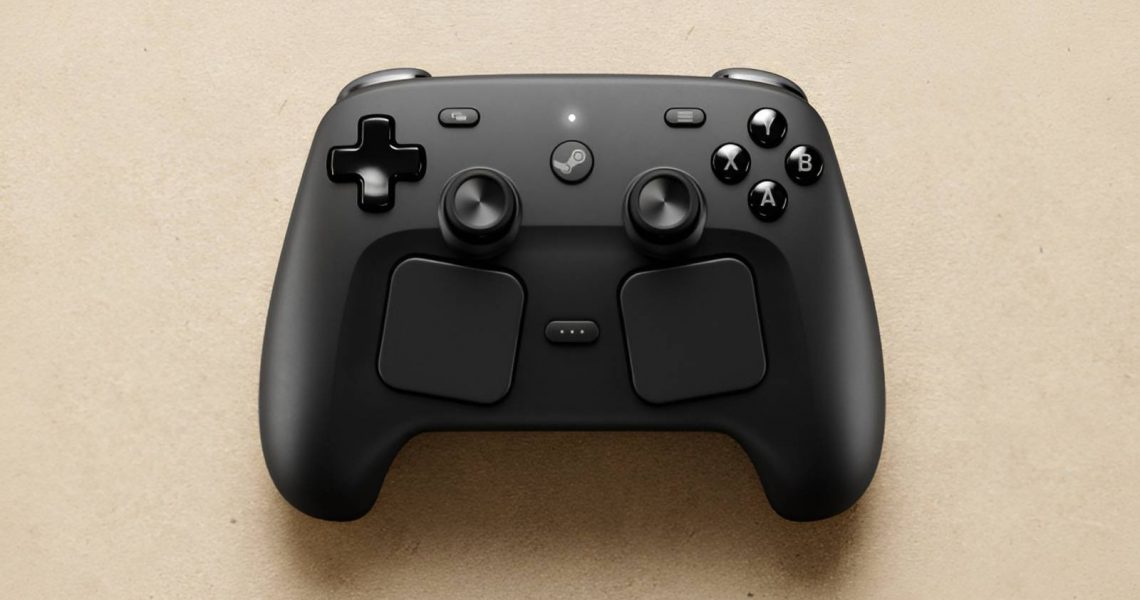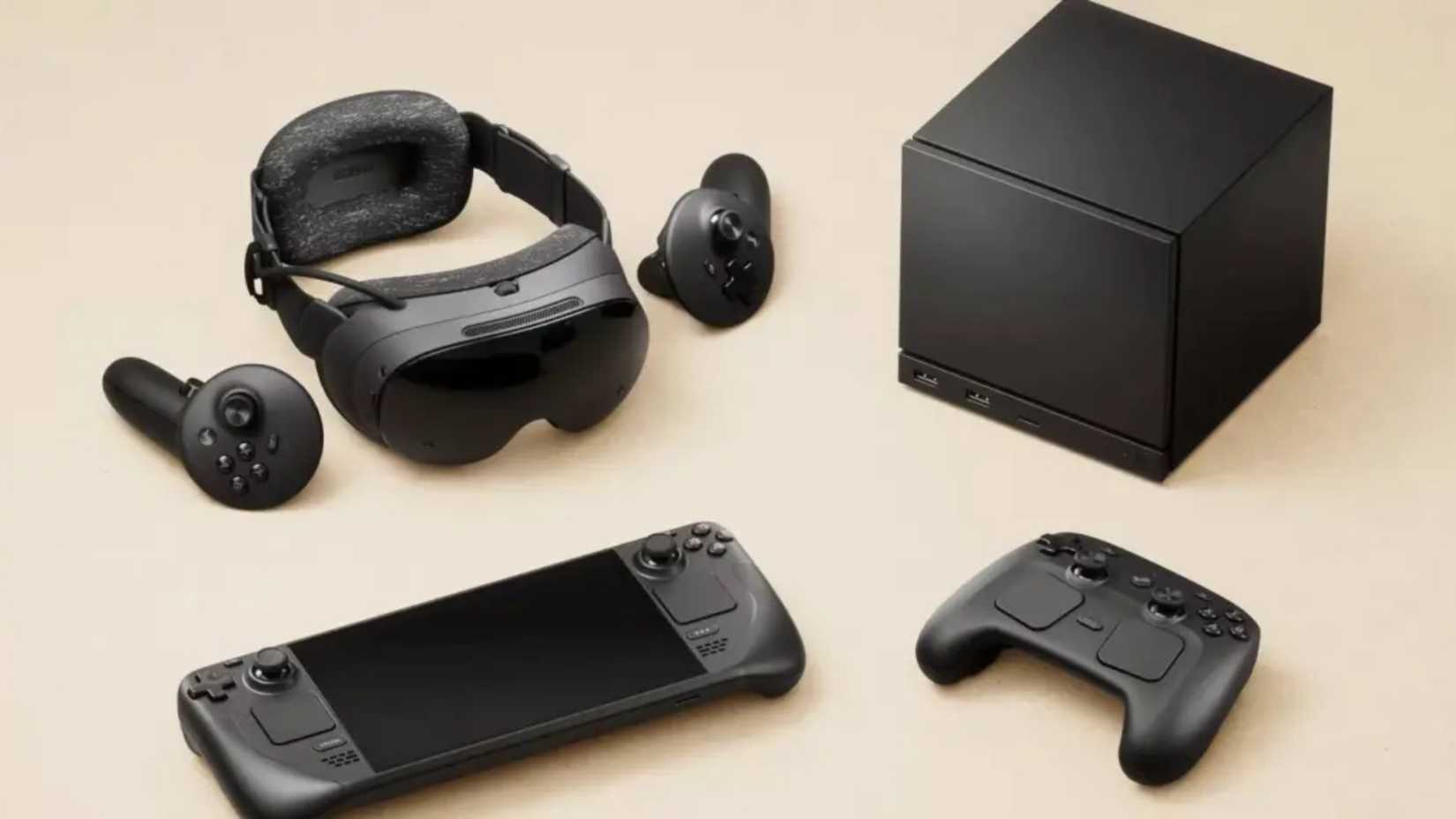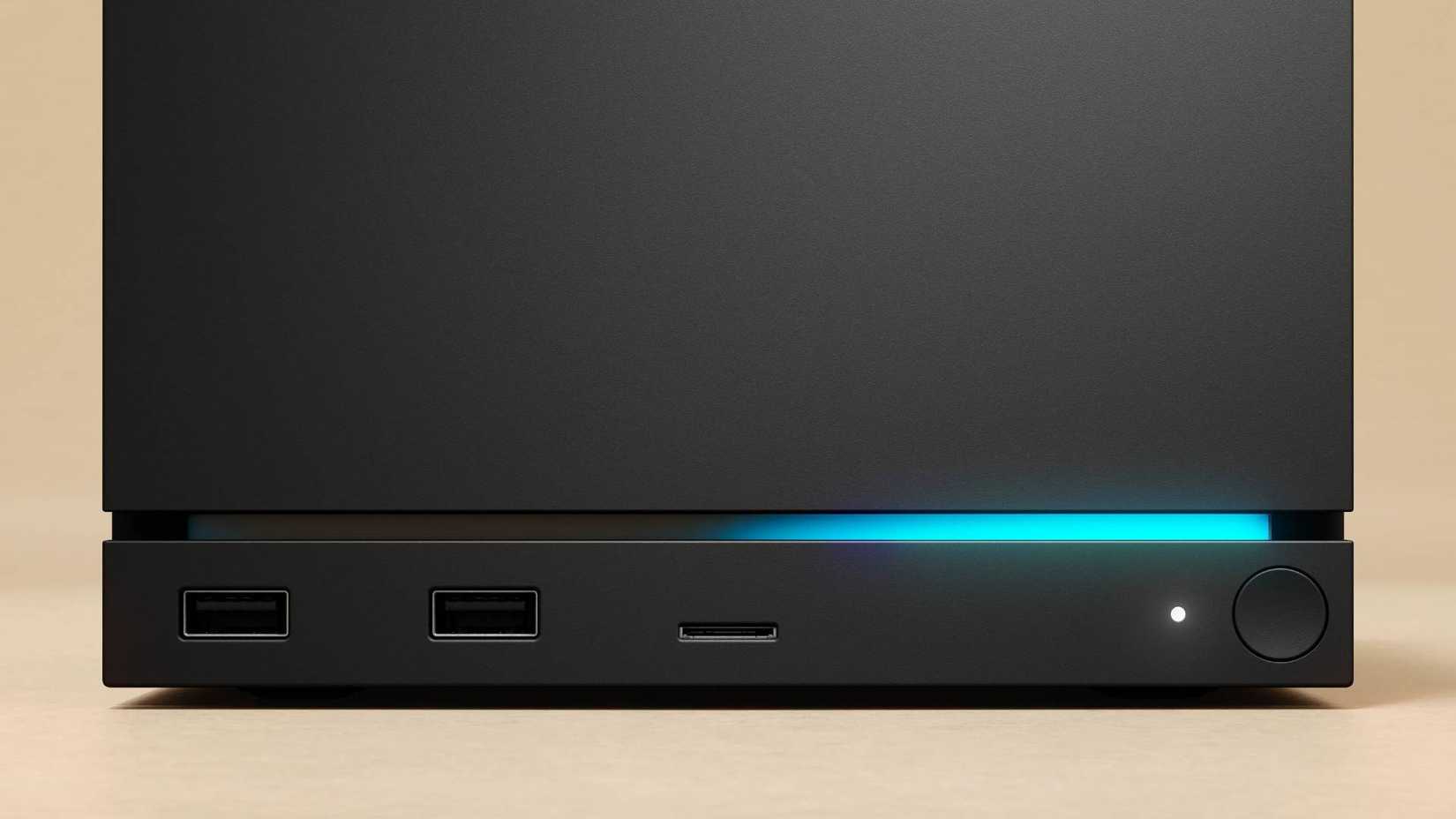The New Steam Controller Is 10 Years Late to a Bad Trend
Valve recently revealed its upcoming slate of hardware, which includes the standalone Steam Frame VR headset, a new Steam Controller, and, most significantly, a revamped rendition of the Steam Machine, a follow-up to the company’s failed console-PC hybrid from 2015. With this fresh tech, Valve seeks to gain a stronger foothold in the gaming hardware market, expanding its already-strong position in the wake of the wildly successful Steam Deck.
A lot of ink has already been spilled about the Steam Machine; less has been said about the Steam Controller, which looks like a similarly significant upgrade over its predecessor. 2015’s Steam Controller was ambitious and inventive, but cheap, awkward, and muddled by obscure design choices. For instance, it only featured a single joystick and two clickable trackpads—a needless and bizarre deviation from the industry standard of two joysticks. As was typical of Valve’s devices at the time, the Steam Controller was never widely adopted, and its modest popularity fizzled out after a few years. The upcoming Steam Controller looks like a massive improvement, following the design philosophy of the ergonomic Steam Deck while still being consistent with conventional button and joystick placements. However, it has one glaring, annoying omission.
Why the New Steam Controller Is Missing a 3.5mm Audio Jack, and Why That Matters
3.5mm Audio Jacks Are Becoming Less Popular Across the Tech Industry
The 3.5-millimeter audio jack, often referred to colloquially as a headphone jack, has slowly been disappearing from modern consumer devices, especially entry-level tech like the Apple iPhone. Some companies, including Apple, have offered compromises like adapters to bridge the gap between old and new hardware, but even this is becoming less common. Ultimately, contemporary devices are becoming more and more reliant on Bluetooth audio, which has had a rather convenient benefit for companies like Apple and Sony, which sell proprietary Bluetooth audio devices, with higher price tags justified by their Bluetooth functionality.
Audio jacks can come in various sizes, such as 2.5mm and 6.35mm, but 3.5mm is by far the most common, especially in modern gaming hardware.
So, there’s a profit motive involved, but there are also some valid reasons for leaving the 3.5mm jack in the past. For instance, audio jacks take up internal device space—they aren’t just holes leading to nowhere—and freeing up this space can help accommodate new hardware features. Many tech companies have also argued that the inclusion of a traditional audio jack hinders durability: water, dust, and general debris can enter the device via the jack, which is especially pressing as water-resistant devices become more commonplace.
Why You Should Care About the Steam Controller’s Lack of a 3.5mm Audio Port
But oddly enough, this trend hasn’t quite extended to the gaming world: the PS5’s DualSense, the Xbox Series X|S controller, the Steam Deck, and even the Nintendo Switch 2, released just this year, all have the classic 3.5mm audio jack. It’s a bit strange that Valve would lead the charge in this area, especially considering how flexible and versatile the Steam Deck is. Notably, the Steam Machine doesn’t feature a 3.5mm jack either, which is especially confusing since it’s been presented as a suitable replacement for a desktop computer; any PC case worth its salt features a 3.5mm jack as a matter of course.
Players will still be able to connect Bluetooth audio devices to the Steam Machine, but this is an unnecessary hurdle: many gamers, especially those who consider themselves audio enthusiasts, stay far away from Bluetooth due to its latency issues, which can cause audio to be slightly out-of-sync with its corresponding display. Moreover, anyone who hasn’t adopted Bluetooth audio, especially for surround sound which doesn’t always feature Bluetooth, may have to purchase a new audio setup, or at least a new pair of headphones. It may have been a long time coming, but no conventional audio jack in Steam’s new hardware lineup is still a bummer.



